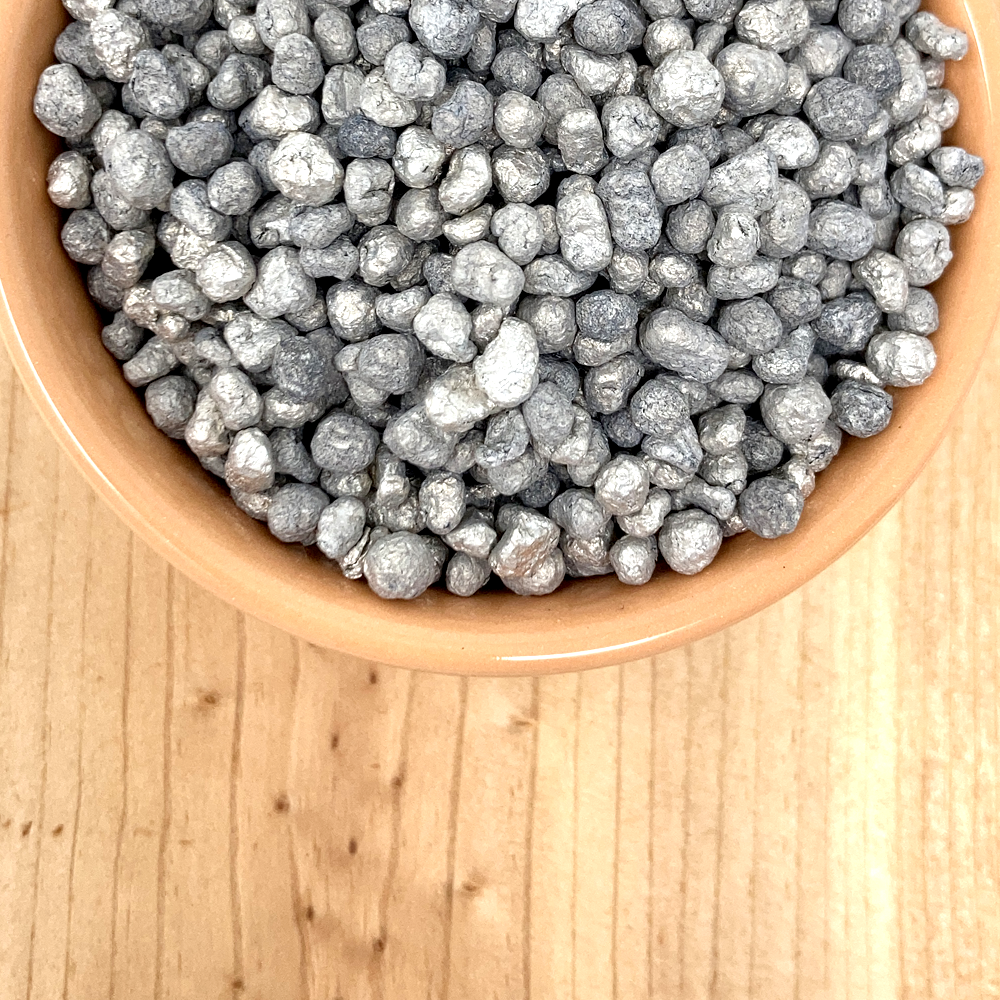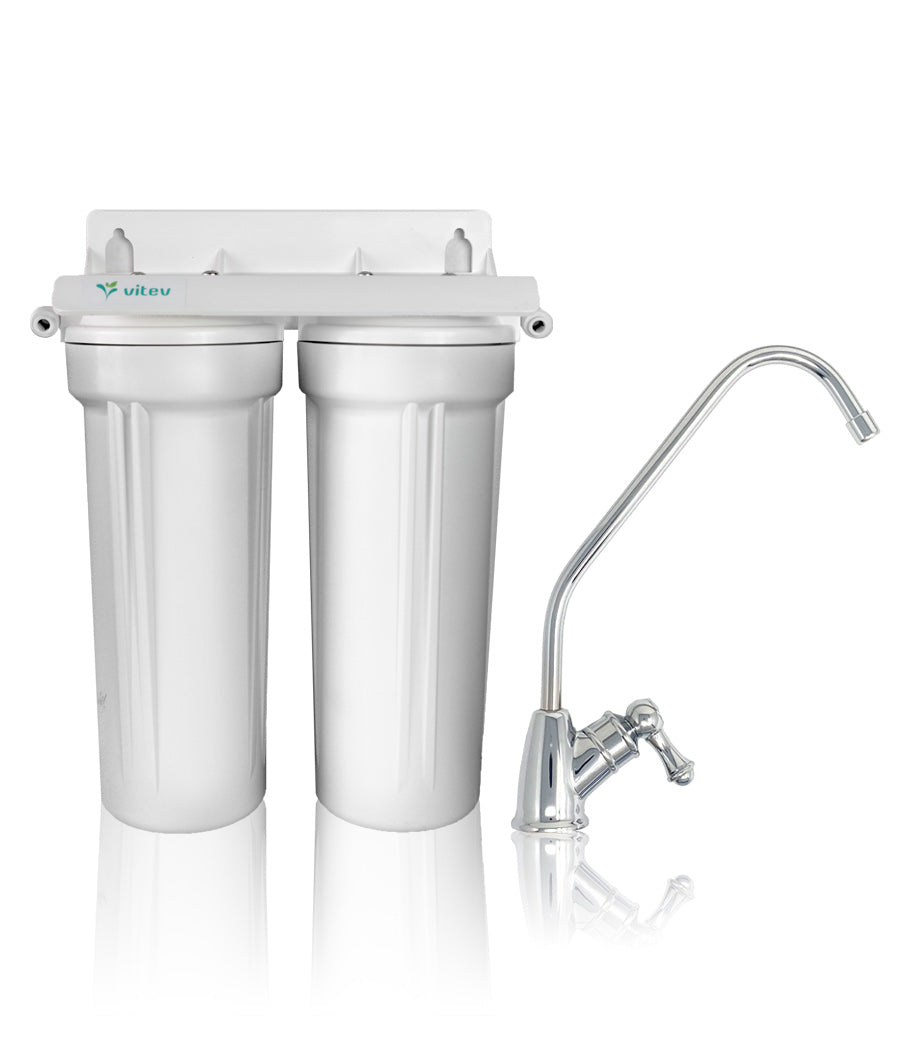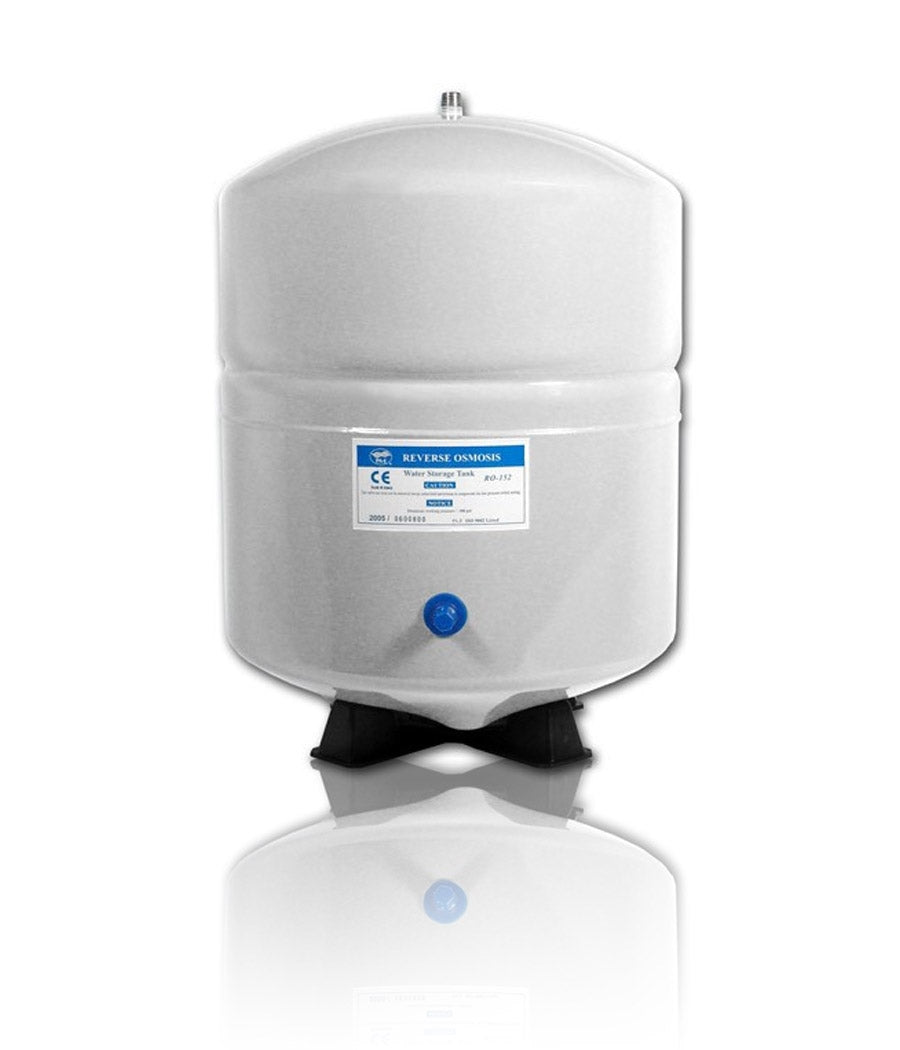
Our Minerals
Mineral quality is what sets Vitev’s filters apart. Our priority is to use the highest quality bioavailable form of each because we aren’t just trying to increase the parts per million concentrations or artificially boost pH.
That’s easy and is what a lot of big brands and cheap amazon sellers do. Inexpensive ingredients made to protect plumbing, not you.
Our filters, and the mineral mixes we’ve created are designed with you in mind. Better minerals, blended carefully, and in forms that are more bioavailable and time-released mean you get a water designed to drink.

Magnesium
Magnesium is one of the 6 essential macrominerals. These 6 minerals comprise 99% of the body’s mineral content and play a role in nearly countless aspects of our overall health. The significance of Magnesium can’t be overstated. It is involved in everything from bone strength, heart health, energy production, nerve function, stress/anxiety management to diabetes prevention.
It’s also safe to say the majority of us are Magnesium deficient. A lack of nutrient rich foods, certain medications, unhealthy digestive systems that impair absorption and increased stress levels all bring our Magnesium levels down.
The significance of Magnesium is well-documented and there are several great supplements if you need higher concentrations on a daily basis. But we’re water specialists and look at Magnesium through a different and underappreciated (for now) lens.
Our filters do add magnesium to the water, but because we use a 99.99% pure Magnesium in metal form (you can see the small shiny pieces in the mineral mix) we also get a reaction.
Calcium
The goal of adding calcium to Vitev water is to improve the concentration of minerals in the water, usually measured by total dissolved solids. We are not trying to replace what we should be getting via food and supplements, it’s simply to balance the water to more effectively hydrate and improve the taste.
Most water filters and “remineralizers” use a cheap form of calcium called calcite, with some corosex tossed it to speed up the reaction. These forms originated in commercial and industrial water treatment applications. They are designed for cheap and easy fixes to keep pipes and plumbing from corroding due to low pH. They aren’t meant for consumption.


Infrared Ceramics and Tourmaline
These are the red and grey ceramic balls. Each began as a gemstone with a crystalline structure and are mostly composed of silica, potassium, sodium and iron. To make them functional in water, the gems are ground up into fine powder and then mixed with a clay binding agent. They are then compressed into small diameter balls and fired in a kiln for about 10 hours at 800 degrees, like pottery.
We get a uniform shape with lots of surface area, perfect when working with set volumes of space.












